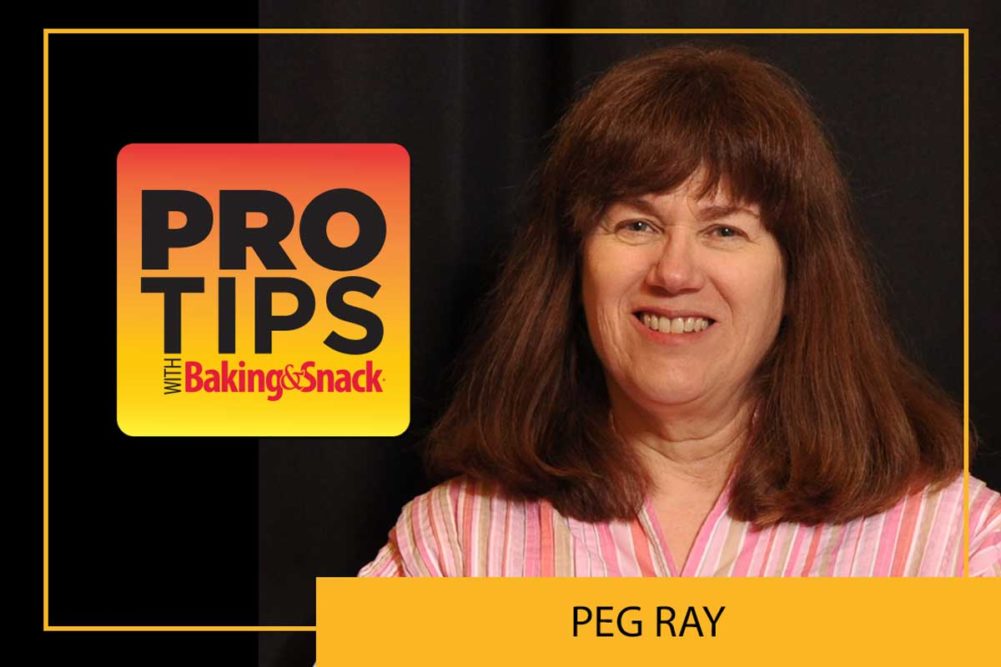Pro Tip: Evaluating allergen cross-contact risks can save time and money.
Seven of the Big 9 allergens have the potential to be used in a bakery: wheat, eggs, milk, tree nuts, soy, peanuts and sesame. All bakeries need to identify the allergens used in the facility, the point of addition in the process and how the risk of cross-contact from these allergens may occur.
Cross-contact may occur during the scaling and batching processes if separate utensils and containers are not designated and dedicated for allergens. It is important that those employees who are tasked with these steps are trained and educated in the proper handling of all allergen materials.
Scheduling also plays a role in preventing allergen cross-contact. Whenever shared equipment is used, it is important to start production runs with common ingredients first, followed by those products that contain additional allergens.
When this is not possible, sufficient downtime is needed to ensure proper changeover cleaning to remove all allergen materials. This prevents allergen inclusion in the product run that follows.
Validation of cleaning procedures helps ensure that allergen residues are effectively removed from all product contact surfaces and surrounding equipment.
The addition of sesame as an allergen created a new cross-contact risk. Cross-contact from sesame seeds is difficult to control due to their application after proofing.
The seeds may stick to pans, be blown around the bakery during depanning, and contact numerous pieces of shared equipment between their application and packaging. Without strict controls, sesame may end up in a product that does not declare sesame on the label. Some bakeries are eliminating sesame from all products. Others are choosing to add sesame to all products. Both options eliminate the risk for sesame cross-contact.
Take the time to evaluate how your bakery handles allergen cross-contact risk and determine how effectively those controls are managed.
Peg Ray is a senior manager at AIB International.






